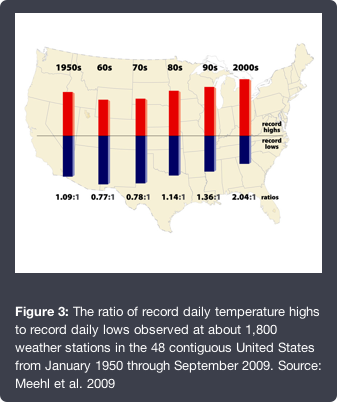The Seattle Suburban Mindset at Work
Published at 19:57 on 30 July 2012
If you’d accuse the average Seattleite of having a “suburban mindset” you’ll probably get a blank stare of confusion. Or perhaps indignation at having been given the ultimate insult. But face that same person with the possibility that his neighborhood of single-family detached homes, all on lots larger than 5,000 square feet, might soon get a slight bit more urban and dense, and watch the sense of outrage build; you might as well be delivering the same news to a resident of Phoenix or Orange County.
Exhibit A is this article in a recent Seattle Weekly, and particularly the responses to it. One would think all the ranting about Latinos being “illegals” might have been written by Joe Arpaio’s demographic in conservative Phoenix. No, this is what the typical Seattle liberal acts like when his suburban ideal is violated.
Look, I’ll grant that some of the houses being built are definitely over the top. If you go here and look at a gallery of them maintained by their opponents, you can see some examples of this. The houses at 6222 5th Ave NW and 5501 Kensington Pl. N definitely look shoehorned in (particularly the former).
But many of them are obviously being built on double lots. Take a look at the photos of 3954 SW Rose St., 151 N 78th St., and 1605 21st Ave., for example. Why did such houses have such large “side yards” like that, prior to the new construction? Because when they were built, their owners purchased the lot next door, and the two lots have sold as a package ever since, that’s why.
Turning a house built on a 10,000 square-foot lot with a very large side-yard into two houses on 5,000 square-foot lots (in a neighborhood of houses on such lots) is not “wedging” a new house into a neighborhood.
Obviously, doing things like building a three-story monstrosity on a tiny 1,200-square-foot lot is over the top, particularly when (unlike in the anomalously-large-side-yard case) nobody has the least inkling such a separate lot existed in the first place. A single-story 800-square-foot cottage would be fine there, and a reasonable set of regulations and design reviews could have limited new construction to something like that.
Unfortunately, a reasonable set of new regulations is the least likely outcome in all this. You only have to look to the gallery with all its hyperbole to understand that.
Or to look at Seattle today and see how a history of exclusionary zoning, pushed by homeowners who, by and large, act like insecure suburbanites instead of city dwellers, has pushed those who cannot afford or do not desire to live in detached single-family homes on generous lots to the least desirable and most compromised areas of the city.


